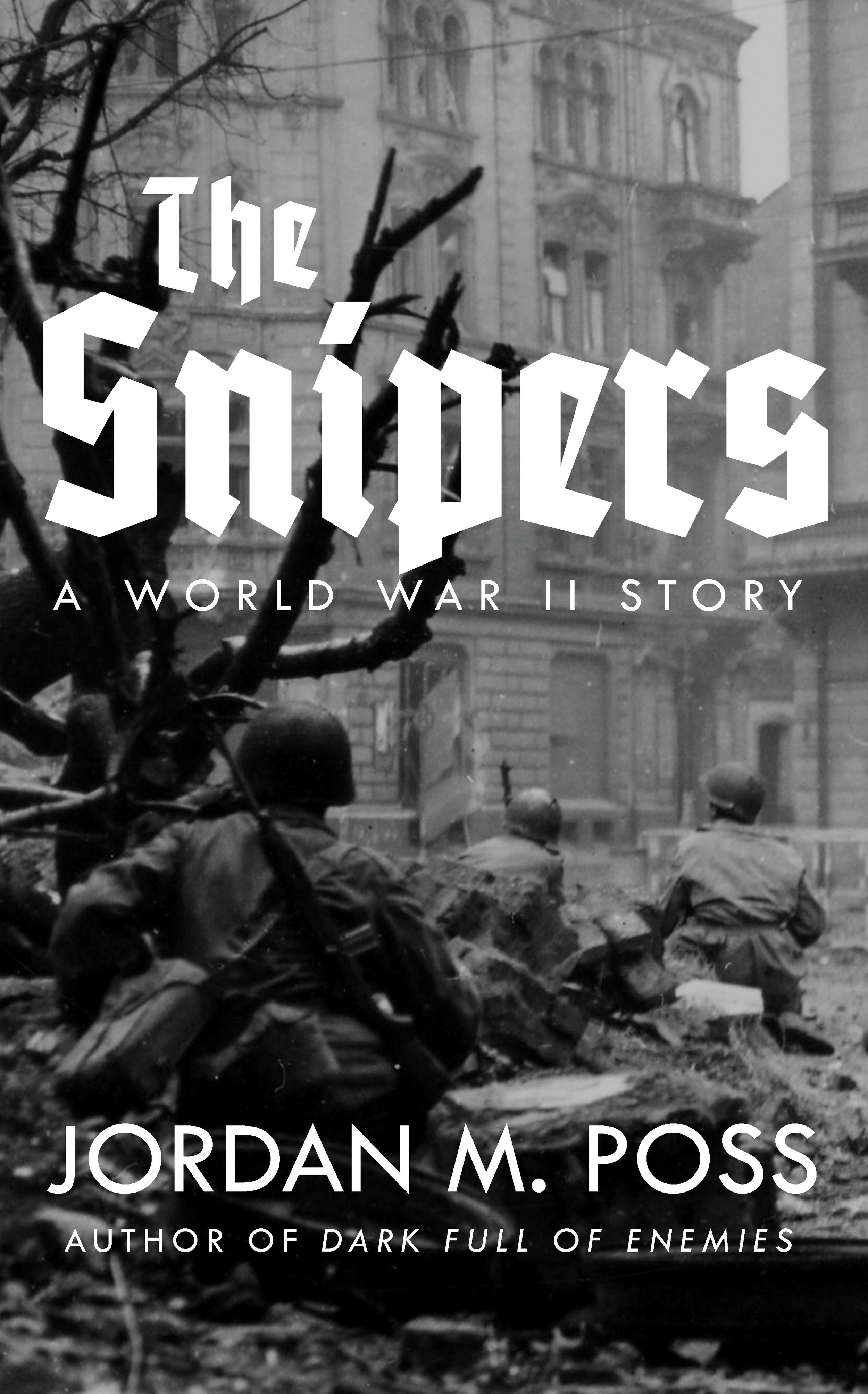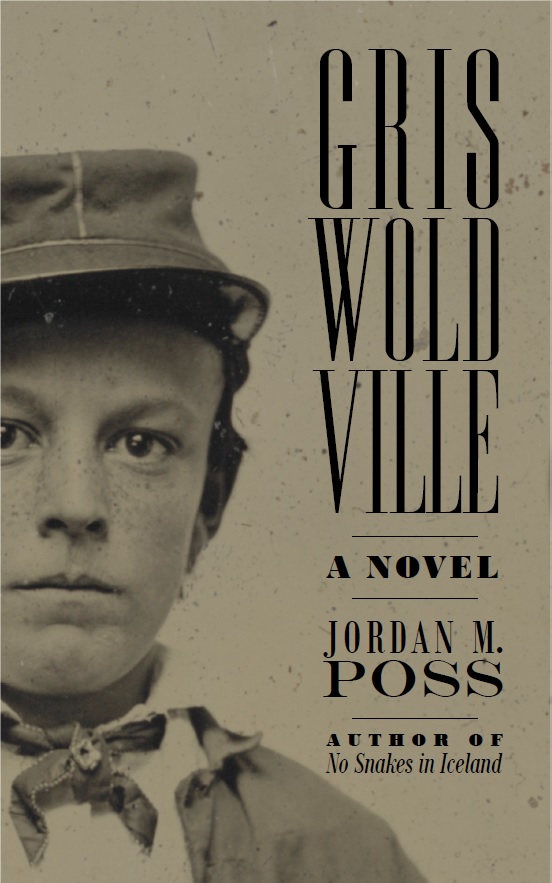Archetypes vs particulars
/F1 and Top Gun: Maverick—both movies about men wearing helmets in vehicles? Or more?
“That’s just like Top Gun: Maverick.” This from my daughter halfway through my explanation of the plot of F1, which I finally saw Tuesday night. I had just finished describing the way veteran driver Sonny Hayes was brought in to teach cocky young driver Josh Pearce and the conflict that brewed up between the two of them. This, to her, instantly brought to mind Maverick and Rooster.
She didn’t mean this declaration as snark or criticism, just old-fashioned excitement at recognizing a parallel, and the thing is, she’s right. I love both movies, and their stories do, superficially, have a lot in common. Does that mean that Top Gun: Maverick and F1 are, at base, the same story? Or that they’re in some way inferior or unoriginal?
I’d say no, and that both succeed magnificently as entertainment on the strength of something I’ve preached about over and over here: particularity.
Back in the spring I railed a bit against overemphasis on vague “themes” and “archetypes” and especially “the Hero’s Journey” as interpretive schemes for stories. These approaches fixate on similarity to the detriment of the specific stories they interpret, which are often oversimplified in the service of strained, banal, misleading comparisons.
And yet, whether archetypes in the full Jungian sense exist, the human mind was designed to recognize and respond to patterns. We generalize for reasons beyond time-saving heuristics. And comparing stories—tens of thousands of them over thousands of years—does reveal recurring patterns, motifs, stock characters, and structural conventions. Here is one early pitfall: those who argue that because there are really only X number of plots, creativity and originality are illusions and nothing but rearranging what has been done before. This plays nicely into the rise of the AI lovers, who argue for AI “art” and “writing” by dismissing actual art and writing along similar lines. But that’s another error for another day. For now: ye shall know them by their fruits.
That said, I’ll call these recurrent patterns and conventions archetypes for now. But like Plato’s forms, these don’t exist in any undiluted version anywhere. We have to discern them within the particulars of stories—vivid detail being “the life blood of fiction.”
Every story, then, must balance the archetypal and the particular, the general and recognizable with the concrete and specific. We understand this intuitively and condemn stories that don’t strike this balance well. A story that leans too heavily in the direction of archetype, of familiar patterns, or that fails to develop believable specifics and defaults to the archetype, we call stereotypical or clichéd. Both of these words come from the world of printing, of reproducing precisely the same thing over and over.
To return to Top Gun: Maverick and F1, they do have many similarities. In both, an over-the-hill legend butts heads with an arrogant but gifted upstart before both learn how to work together to succeed at a goal. This is a story familiar not just from these two movies, but from many, many other action and especially sports movies. No debate there.
What keeps these two movies from being rehashes of old clichés is their attention to the particulars, not just with regard to the highly specialized worlds in which they take place in order to feel realistic but also with the characters invented to tell the story. Sonny Hayes and Maverick are both veterans in their fields who are called back to action, but under different circumstances and vastly different pressures. Both might be loners, but Sonny literally wrecked his burgeoning F1 career and went on to decades of aimless waste and Maverick, whatever has happened in the years between his two films, is still successful, in fact at the top of his game. Sonny, a freelance race car driver, is called back as a personal favor to his old friend Ruben. Maverick is ordered back because he is in the military. His personal drama comes through his relationship with Rooster, son of his dead co-pilot Goose, while Sonny has no history with Josh Pearce and their relationship develops as a professional rivalry. And the overall stakes could not be more different—financial ruin for Ruben or nuclear war with Iran.
The two films also explore different thematic territory, but the particulars, the specific details that make this story itself and not that story, that make this character a memorable individual distinct from that character, could be listed at much greater length.
Particularity not only makes stories and their characters feel real—what would either of these movies be without their attention to naval aviation or Formula 1 racing?—but keeps them fresh. Stories that simply hew to the archetype fail as stories. Compare Star Wars, which, despite being famously archetypal, still feels real and vital, both lived in an living, and something like Eragon, which does many of the same things and fails.
Stories that lean too far into the particulars are much rarer and usually incomprehensible. You hear much more complaint about cliché, and for good reason. But a story that feels familiar but attends studiously to its vivid, concrete specifics can be not only well-crafted art, but a crowd-pleaser.
* * * * *
I’ve written about particularity several other times over the years: with regard to Song of Songs, romance, and “humanity;” Cormac McCarthy’s novels, which could not have taken place anywhere but where he set them; and James Bond and Honeychile Rider, a particular man and a particular woman with particular histories, not stand-ins for “men” and “women.” Particulars being “the life blood of fiction” comes from John Gardner, whose concept of fiction as a “fictive dream” has profoundly shaped my writing. I wrote about that in some detail here.





